IT in Retail
Retailers need technology to increase both back-office efficiencies and customer convenience. How well are they using it?
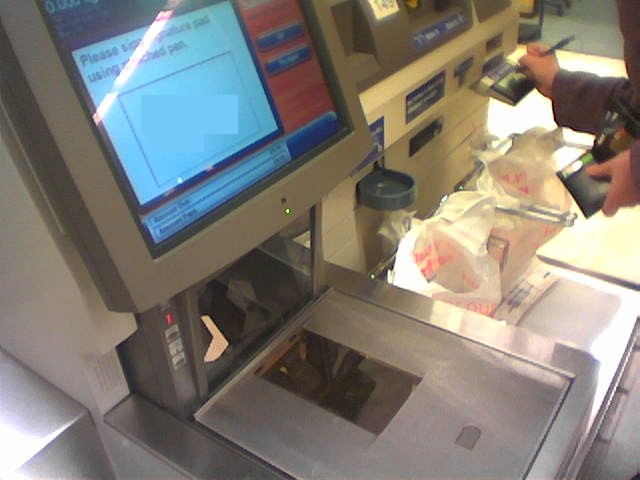

While retailers move to increase convenience at physical retail locations, they are also embracing ecommerce. 4.4 per cent of the top 100 retailers' sales are driven by web sites, and 56 per cent of these companies now have transactional web sites. Almost all of those questioned felt that online sales would increase year-on-year.
Selling online
While ecommerce is becoming a significant part of the retail landscape, many large retailers still feel ill-equipped to deal with it in the most efficient way. Understanding why, for example, some customers never make it to the checkout page is as important as knowing how to upsell or cross-sell products to those that do, thereby increasing your revenue.
Andrew McClelland, director of projects and marketing at the Interactive Media in Retail Group (IMRG), says that software is appearing to help enhance customer experiences - and retailer revenues - during an ecommerce transaction. Scanadivian company Avail offers a solution called Navigation Predictor, for example. McClelland uses an online LCD TV purchase as an example.
"Through that customer journey, that retailer has to ensure that they're adding value to that transaction. The software lets you look at this journey and recommend different products at different points." For example, it might also try to find you an appropriate video recorder, and then, just as you reach the impulse purchase racks at the till, it might offer you lower-value items such as cables and cable tidies.
Other companies are taking advantage of advanced user interfaces and rich internet applications to enhance ecommerce experiences. Clothing retailer Anthropologie.com used Adobe's Flash player to create a system in which customers can select colours from a wheel and have all clothing items of that colour displayed. They can even drag a photo of their own into the interface to replace the colour wheel, enabling them to match potental purchases with their existing clothes, for example, and new applications will enable them to make notes about potential purchases that are stored on their own machines.
The increased focus on ecommerce is closely tied to an emphasis on multi-channel retailing, incorporating bricks and mortar sales outlets with online, phone and perhaps catalogue transactions. Barling says that these channels should be analysed in concert rather than individually, because they all reflect upon each other.
Sign up today and you will receive a free copy of our Future Focus 2025 report - the leading guidance on AI, cybersecurity and other IT challenges as per 700+ senior executives
"In some cases, people will do a lot of research online," he says, pointing out that one channel can serve as a research tool for the other. "We have had plumbers that sell expensive central heating systems. They're getting lots of traffic online, but nearly 100 per cent of their orders are placed by phone."
Kiosks are a good example of smart multi-channel activity. More of these are appearing, says Microsoft's head of retail and hospitality industries Dan Turner, because they allow customers to evaluate more options at the point of sale. Moreover, they can also compensate for the shortcomings in traditional bricks-and-mortar environments.
"You may have room for 20,000 SKUs in a store, but you might have a couple of million in the whole range," says McClelland, explaining that kiosks can let you look at what isn't available at that location. "So this way, the customer can order it there and then and get it delivered to the store."
But for that kind of transaction to happen, systems must be able to work together in the back office. Experts suggest that this is not happening, and Martec's figures bear this out; its survey of the top 100 retailers found that integration was a key concern, and that it ranked second alongside ERP as a top investment priority for the future.
The lack of integration is a historical problem, explains Microsoft's Dobson. "Internet retailing would tend to get managed out of marketing departments initially, and they'd be managed with separate supply chains," he says. "The average online retailer is now about the size of a flagship store for many retailers. So it's advantageous to integrate it now."
The cost of not integrating can be high. For example, a customer may try to return goods purchased online to a retail store, only to find that managers won't accept the item. The worst-case scenario could see prices differing across the various channels, confusing and annoying users. It also makes it difficult to achieve what IMRG's McClelland calls a customer-centric view of the business, in which retailers can hold a single view of the customer across all channels. Many of the are far away from this goal, he points out.
"A lot of retailers are still using AS/400s and mainframes," he says. "At the end of the day, if you have an in-store loyalty programme, it's very useful, but will it be in a format that's usable by the other channels?"
The cost of implementation
Retailers can fork out for expensive bespoke integration, perhaps using a middleware layer, or can rip everything and start again with an integrated package. The second option may seem even more expensive, but if it upgrades older functionality it may be realistic. Threshers is to pull systems including Business Objects and a third party merchandise management system (MMS), replacing them all with SAP.
Danny Bradbury has been a print journalist specialising in technology since 1989 and a freelance writer since 1994. He has written for national publications on both sides of the Atlantic and has won awards for his investigative cybersecurity journalism work and his arts and culture writing.
Danny writes about many different technology issues for audiences ranging from consumers through to software developers and CIOs. He also ghostwrites articles for many C-suite business executives in the technology sector and has worked as a presenter for multiple webinars and podcasts.
-
 Will businesses get lost in AI translation?
Will businesses get lost in AI translation?In-depth Multilingual AI tools can now pick up the phone to customers – but the jury is out on whether they will and should replace humans
-
 OpenAI and AWS sign bumper $38 billion cloud contract
OpenAI and AWS sign bumper $38 billion cloud contractNews The move by OpenAI doesn’t signal an end to its long-running ties with Microsoft
-
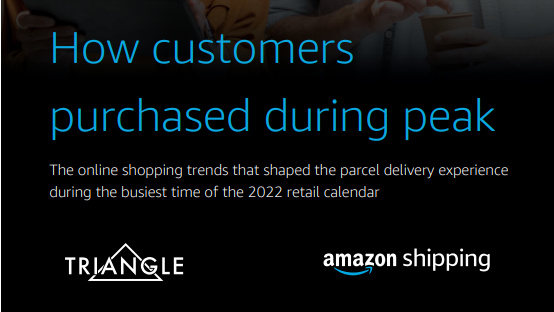 Preparing for peak: How customers purchased during peak
Preparing for peak: How customers purchased during peakwhitepaper The online shopping trends that shaped the parcel delivery experience during the busiest time of the 2022 calendar
-
 How Crew Clothing went mobile to turn around a struggling business
How Crew Clothing went mobile to turn around a struggling businessCase Study Mobile sales tech unleashed a tide of change, buoying further growth across the UK coast-inspired casualwear chain
-
 Going contactless with shoppers in a post-COVID world
Going contactless with shoppers in a post-COVID worldWhitepaper Retail guide
-
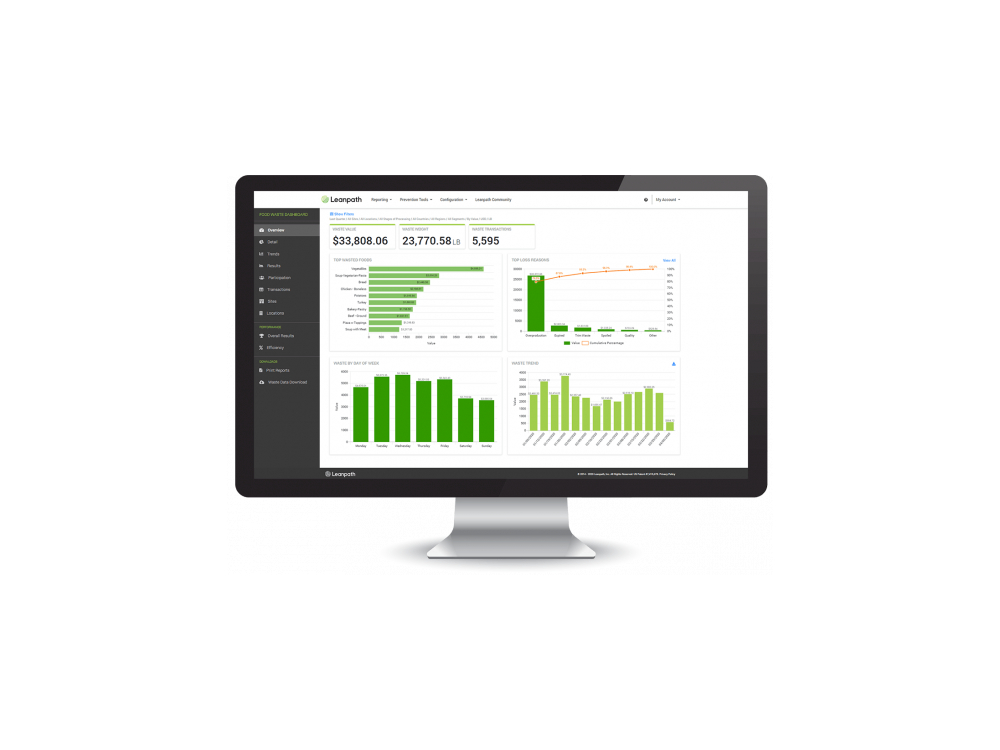 Leanpath’s new tools help reduce food waste and costs
Leanpath’s new tools help reduce food waste and costsNews Impact Suite uses automated action plans to help kitchens address food waste issues
-
 How web retailers cope with the demands of the holiday season
How web retailers cope with the demands of the holiday seasonIn-depth Christmas, New Years, Boxing Day, January sales… How can web retailers meet the demands of seasonal peaks in sales?
-
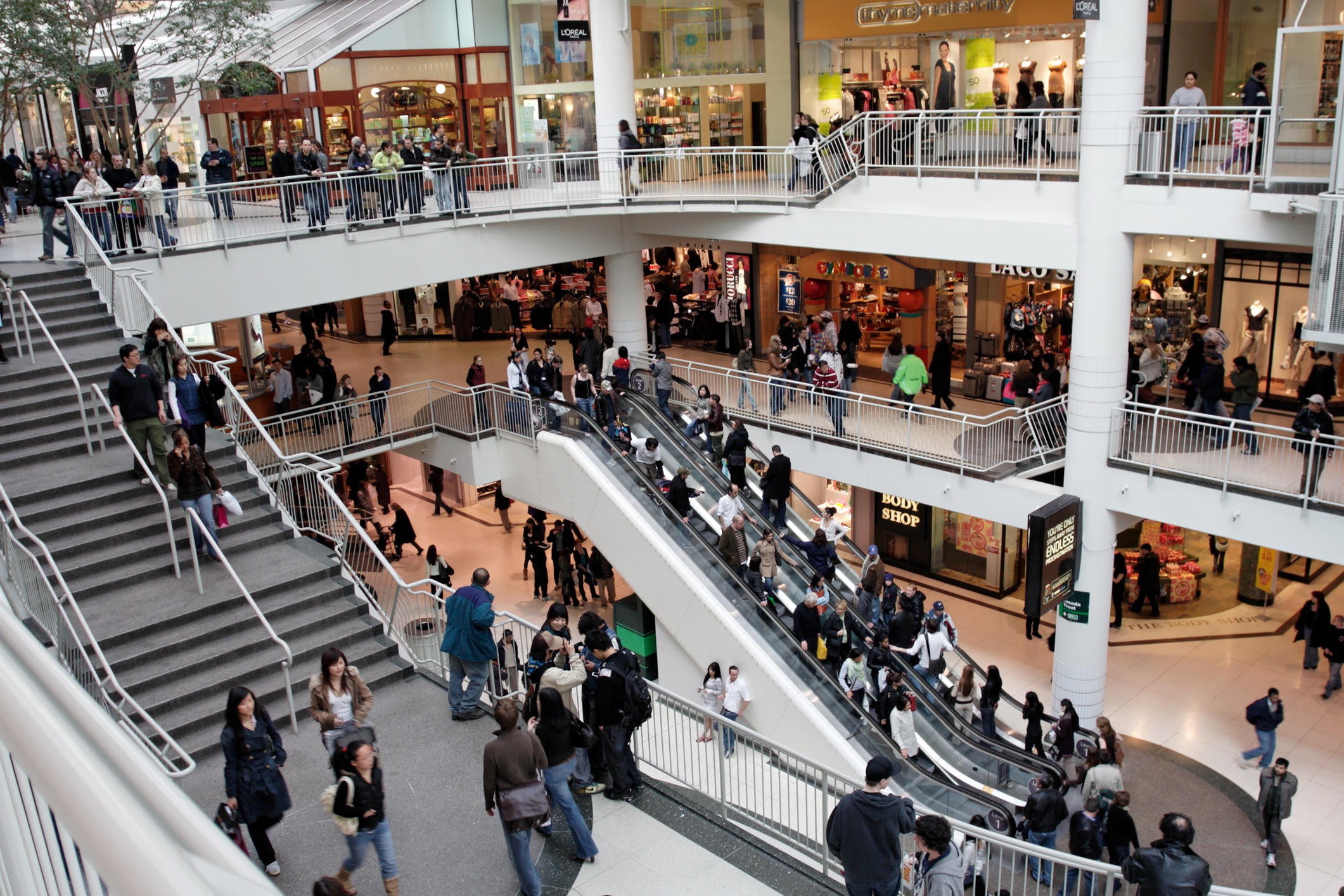 Retailers start Black Friday early to avoid system outages
Retailers start Black Friday early to avoid system outagesNews Many online retailers have learnt from the mistakes of last year by launching sales weeks or even months early
-
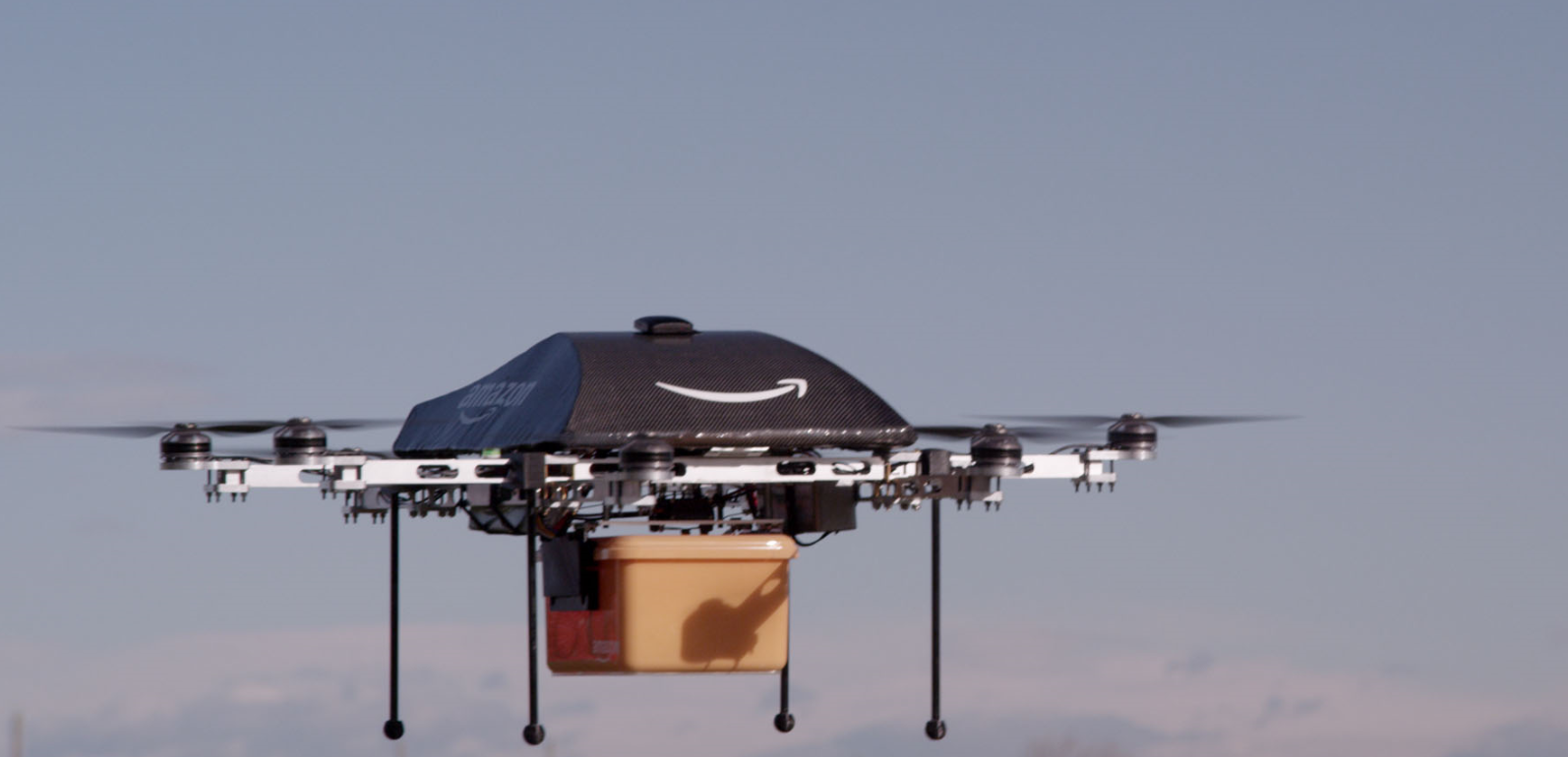 Amazon's drone delivery might track customer location info
Amazon's drone delivery might track customer location infoNews The service will use a person's smartphone data to find them and deliver even if they are not in a static location
-
 Cook deploys Qlik to track Christmas sales
Cook deploys Qlik to track Christmas salesNews Homemade food retailer uses visual analytics to react faster to customer demand
